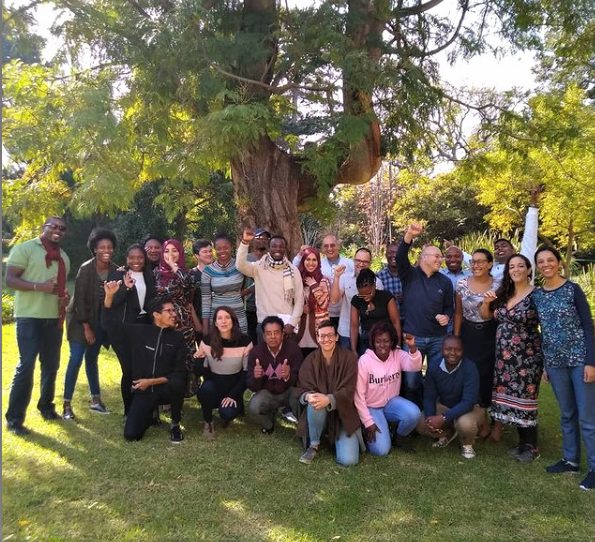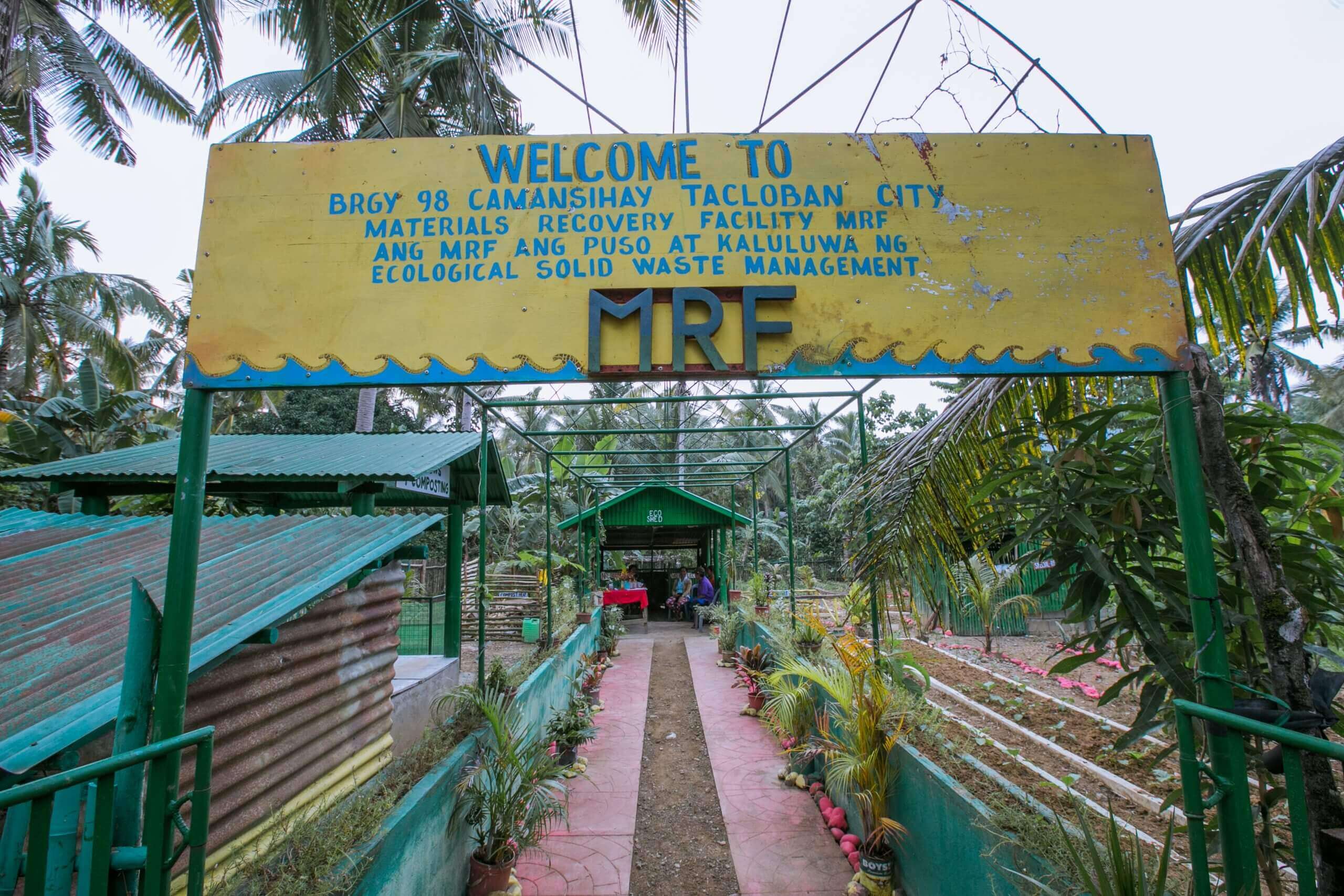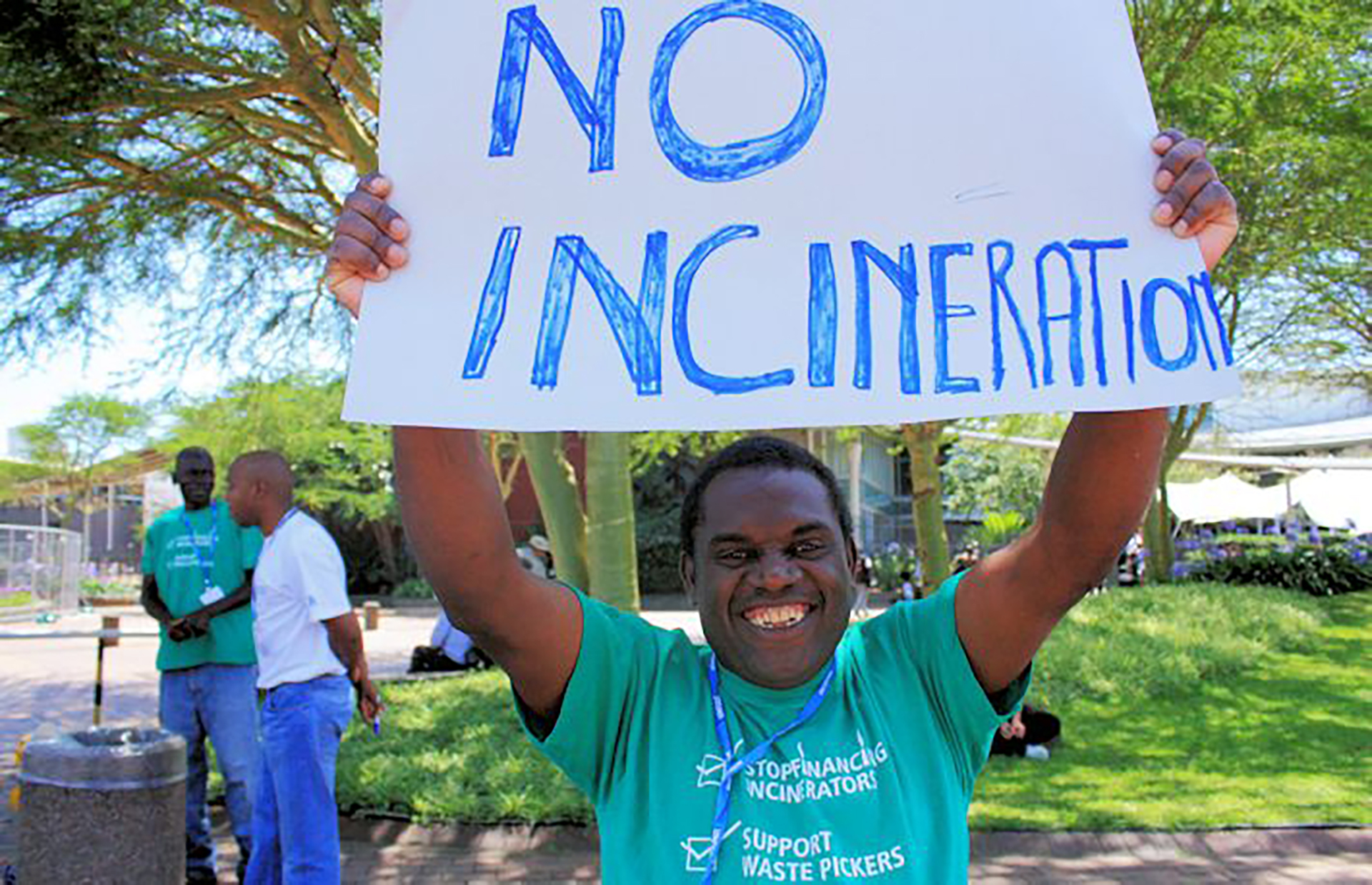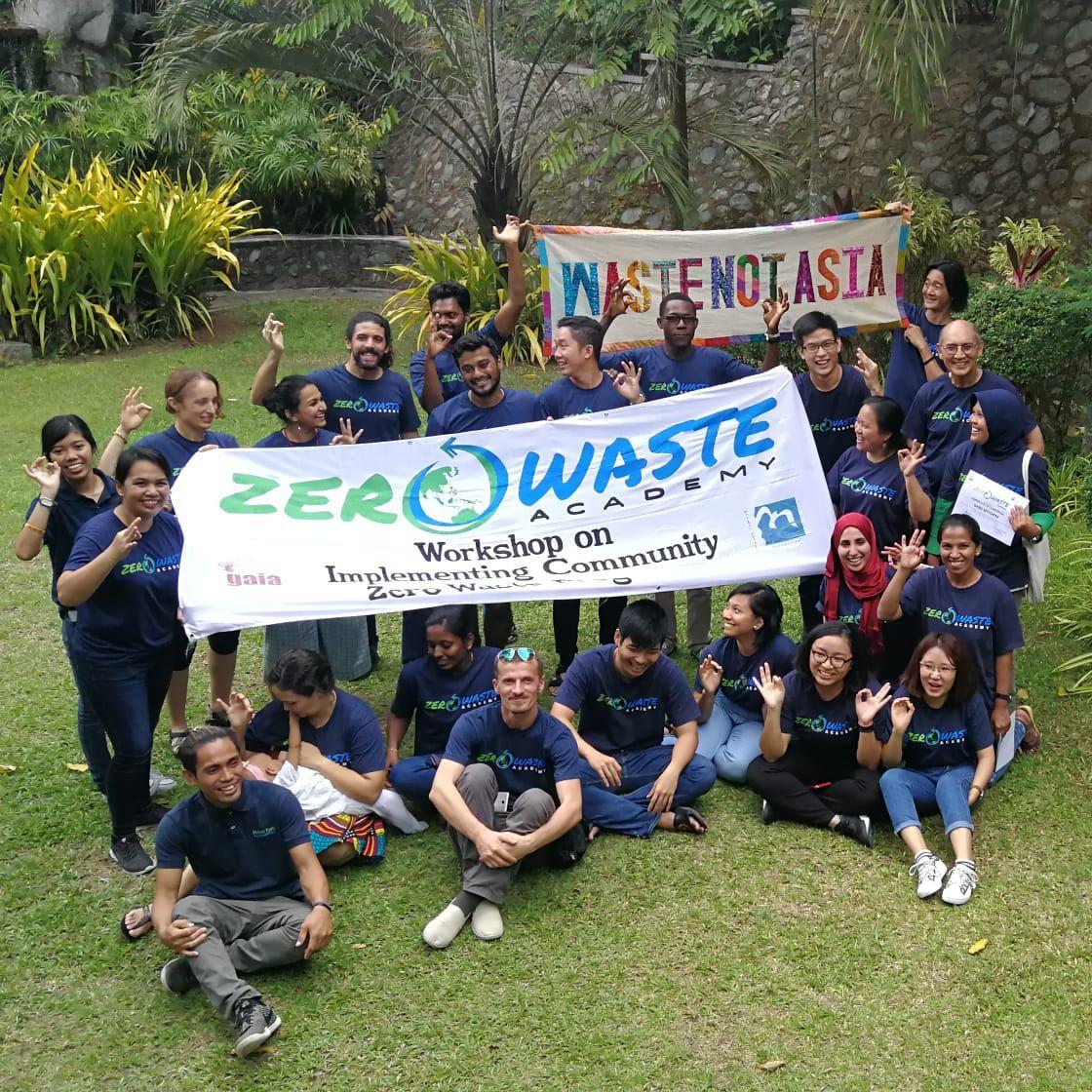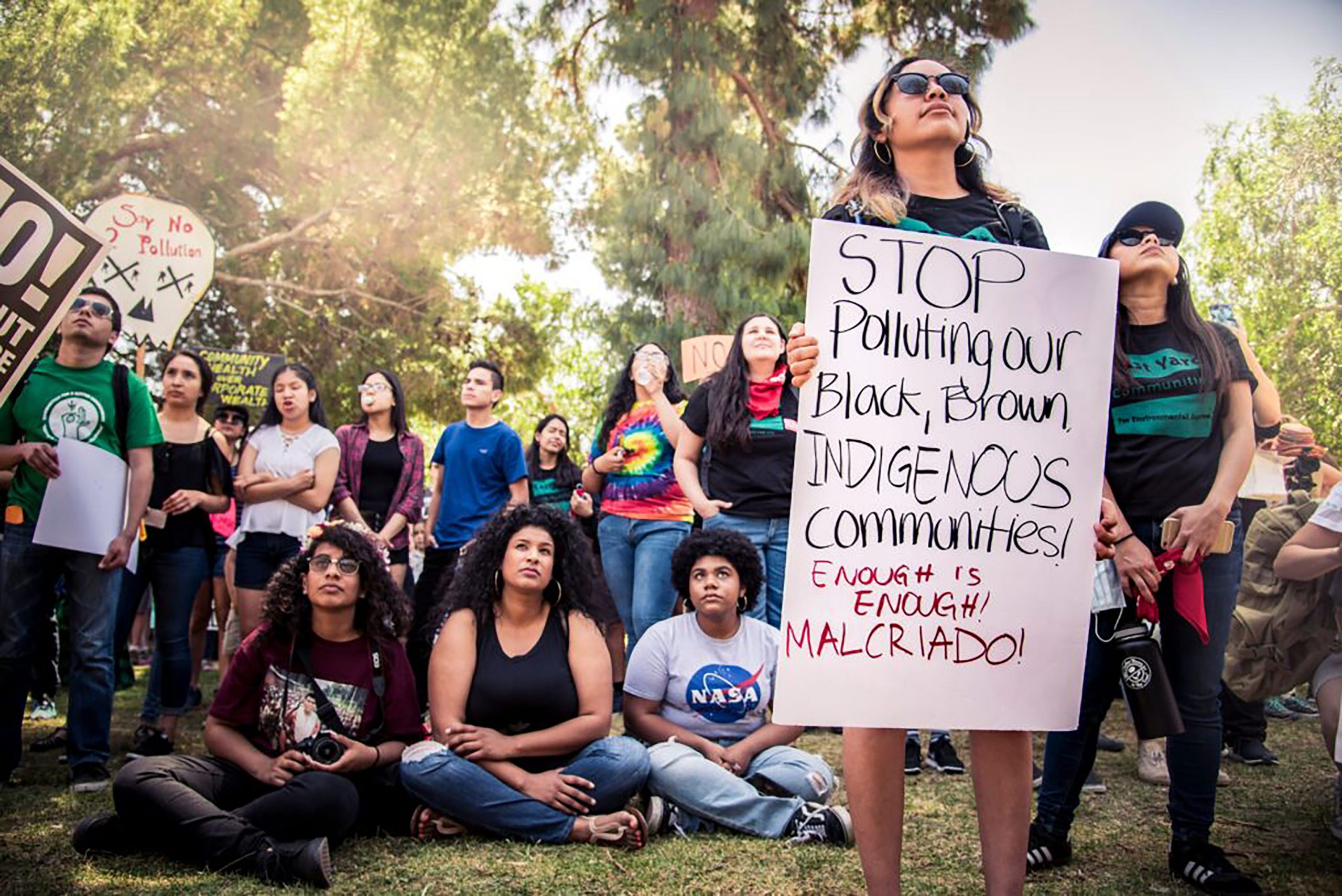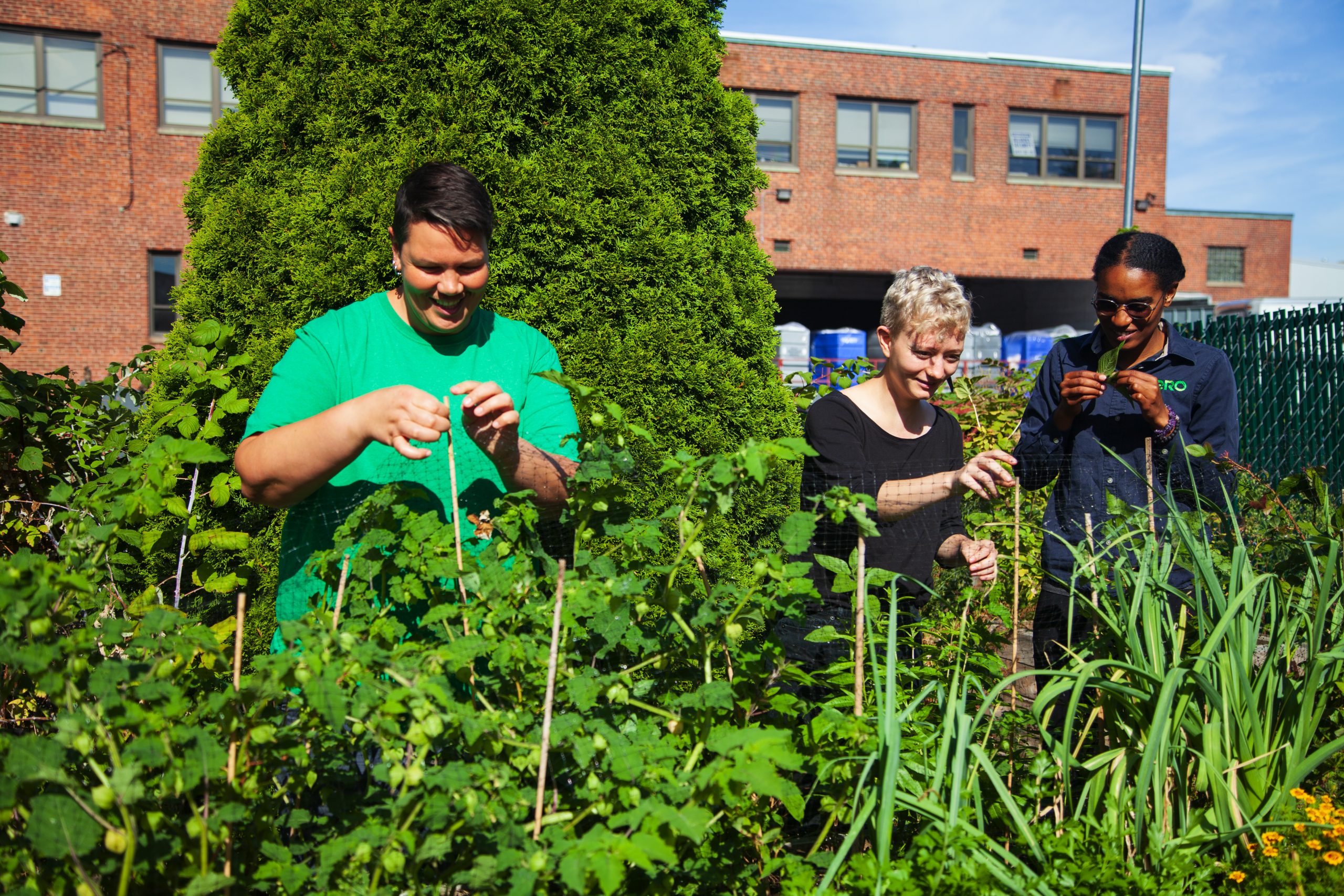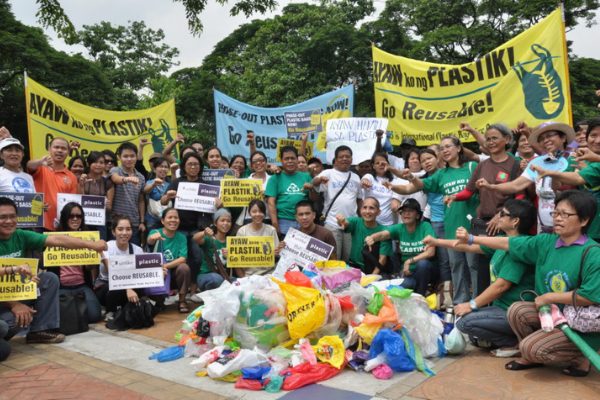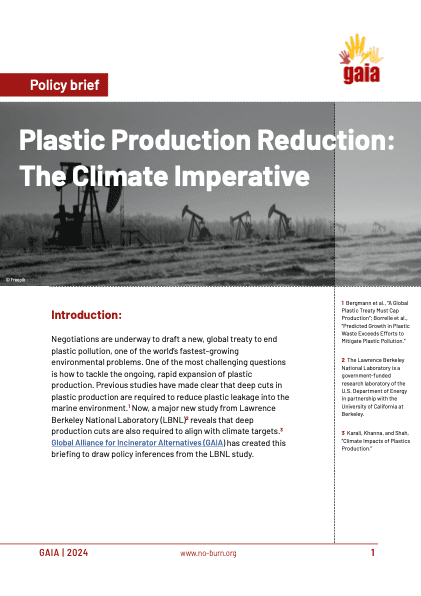What’s a consumer to do when carpets– even those with the most “environmentally friendly” certifications– are shown to contain toxic chemicals that could threaten your and your family’s health?
Toxics and recycling policy expert Miriam Gordon warns of the dangerous substances hidden in the carpets we walk on every day, and a way forward for a toxic-free carpet industry.
Earlier this year, my friend Jody asked me what carpet she should buy for her house. She knows that I’ve been working with GAIA to advocate for the increased recycling of carpet so she figured I might know something. She wanted carpet that is environmentally friendly. To her, that meant recycled but she also wanted something safe.
At a local carpet store in San Francisco, a salesperson recommended AirOTM carpet from Mohawk because it is highly recyclable and it had been certified as a green product. Unlike other carpets where the face fibers and backing are made of different materials, the face and backing of this carpet are made from PET that can be recycled back into carpet. From an environmental perspective, this is kind of the GOLD standard. Carpet-to-carpet recycling is what we in the waste biz call “closed loop recycling.” It means not using virgin plastics to make carpet, but recycling the carpet back into the carpet. This is exactly what a circular economy would look like in the carpet industry.
I told her that I thought the idea of the AirOTM carpet is pretty great from a recycling perspective, but I had no idea what chemicals are in it, so I didn’t know if it was safe. That’s the problem. No one knows what chemicals are in the carpets our babies crawl on, the carpet in our bedrooms where we sleep all night long, the carpet in our office environments, and the carpets in the schools that our kids spend all day long being exposed to.
Today, as we release the results of our investigation into the hidden chemicals in some of the most popular brands in the U.S. and some with the biggest environmental claims, I can begin to answer my friend Jody’s question. “Testing for Toxic Carpets”,a collaboration with our partners Changing Markets Foundation and the Ecology Center, examines the toxic threat posed by popular products sold by the six largest carpet manufacturers in the U.S. The investigation reveals that half of these carpets contained a wide array of per- and polyfluoroalkyl substances (PFAS), a class of chemicals that are used to make products grease or stain resistant,waterproof, or non-stick. The well studied PFAS chemicals are linked to testicular and kidney cancer, liver malfunction, thyroid disruption, obesity, and low birth weight and size, among other impacts.

About half of the carpets tested contained a wide array of phthalates, which are known endocrine disruptors. That means that they interfere with our hormones and can cause a wide range of health problems, even at very low levels. Phthalates are used to make the plastic yarn fibers more pliable, and are an additive in the PVC used in carpet backing.
Sorry to say, Jody’s AirOTM carpet by Mohawk had two types of PFAS in the face fiber and bromine and antimony (ingredients in highly toxic flame retardant treatments) in the backing. And like almost all the carpets that were tested, this one had GreenLabel Plus certification on it that misleads consumers into thinking its safe and environmentally friendly.
But there is one silver lining– it turns out it is possible to provide consumers with high quality carpet without toxic chemicals. Two of the carpets tested, (Shaw’s Patcraft Diverge and Tarkett’s Tandus Centiva Construct) had stain resistant design without any of the PFAS toxics . Instead of relying on these dangerous chemicals to provide the stain-resistant effect, they used a type of nylon yarn that is tightly wound to repel water and grease.
We know that there’s a better way to make carpets that don’t expose our families to toxic chemicals. It’s time for U.S. carpet manufacturers to show us that they take our health seriously.
